
Mumbai:Central Railway Mega Block
Mumbai’s traffic disruptions due to railway Mega blocks aren’t uncommon. The city’s intricate transportation network often faces challenges when maintenance work or blockades are implemented. Mega blocks, while necessary for railway upkeep and safety, can affecting both city and suburban commuters. They often necessitate alternative transportation arrangements and lead to delays and congestion.

The 63-hour block initiated by the Central Railway undoubtedly had significant repercussions on Mumbai’s transportation network. With rail travel disrupted, many commuters likely resorted to road transport, contributing to increased congestion and frustrating delays during peak hours. Such prolonged blocks necessitate careful planning by commuters and authorities alike to mitigate the impact on the city’s already strained traffic infrastructure
The situation sounds like a perfect storm of traffic chaos. With the morning rush hour already putting pressure on the roads due to the rail block, the incident of a trailer skidding on the Mulund-Airoli Link Road exacerbated the situation. Such incidents not only disrupt traffic flow but also require significant time and resources to clear, leading to prolonged delays and frustration for commuters. It highlights the vulnerability of Mumbai’s road infrastructure to such incidents, especially during peak hours when traffic volumes are at their highest

According to police officials, traffic flowed slowly at the LBS Road and the Airoli Link Road, which connect to the Eastern Express Highway, because of the cascading effect. Near the Bhandup pumping station, which is located on the Mulund-Airoli Link Road, similar chaotic occurrences occurred.
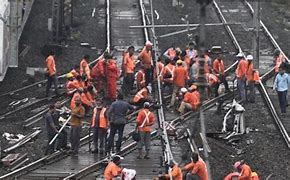
MEGA LOCK-CENTRAL LINES for 63 hours , Day 1 :
After midday, things started to get better at last. Nearly three hours later, Mumbai traffic police called X to report that traffic was moving slowly at NESCO in Goregaon, which is located on the Western Express Highway (WEH). The daylong display at NESCO, along with the influx of visitors, presented a double-edged challenge for the traffic in the western suburbs. At the WEH, there was a wait of almost 48 minutes in the evening between Goregaon and Kandivali. The growl continued until late Friday.
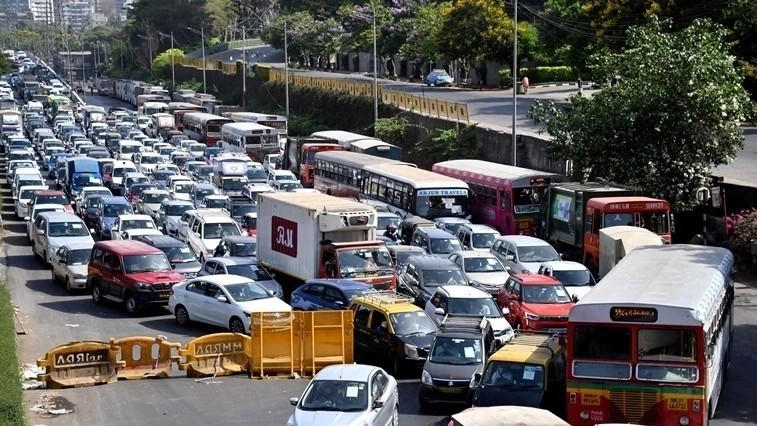
The ripple effect of the earlier traffic disruptions reverberated through other major roads, such as the Jogeshwari Vikhroli Link Road (JVLR), exacerbating congestion at key points like the L&T Flyover and Powai areas. This congestion likely spilled over into the evening, impacting traffic flow on LBS Marg, particularly between Ghatkopar and Bhandup, as vehicles heading towards Vikhroli added to the already strained road network. These developments underscore the interconnectedness of Mumbai’s roadways and the need for comprehensive traffic management strategies to alleviate congestion and ensure smoother commuting experiences for residents.






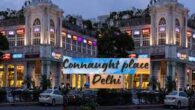

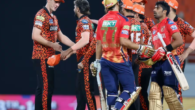
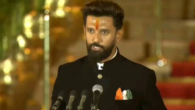

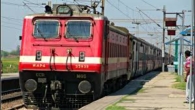
Leave a Reply